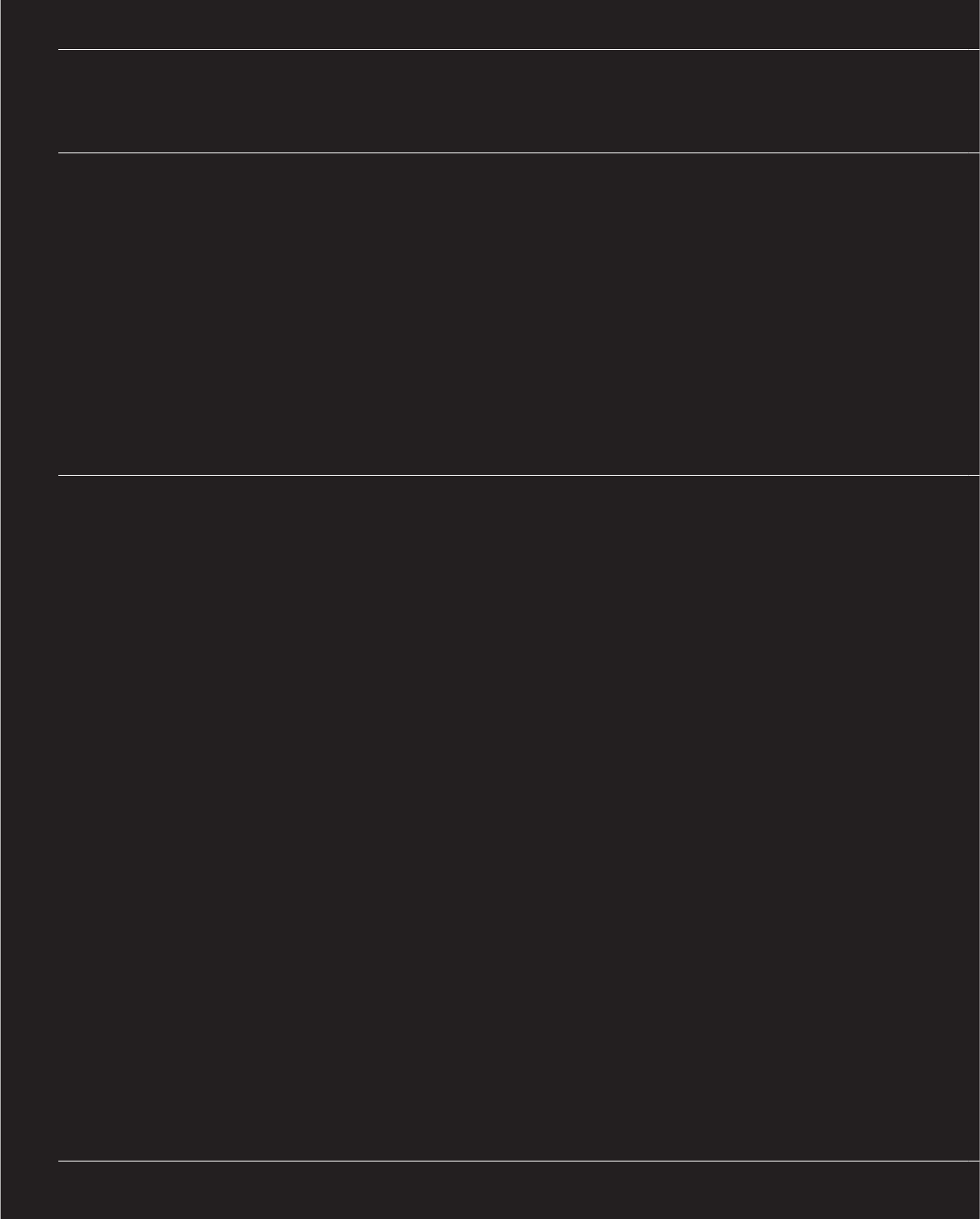
n
g
e
rules.
Breaking the rules:
Jorge Restrepo
It is in some ways difficult to talk about
typography when you create it the way
I do.
Some time ago, tired of the work I was
making using my computer, I decided to
leave behind all the things that tied me to
my desk—clients, administration, and
accounts—all of the everyday tasks I was
used to. I knew this was risky, but it was
necessary. The idea was that once the
decision was made, I could relax and
breathe new life into my work. It wasn’t
long—just a few weeks really—before
I wanted to begin working again, but I was
not going back to my computer and my
old clients. I decided to look for new
beginnings with a pencil and paper and
went back to school.
Faced with a blank sheet of paper, it was
clear that I needed to learn to work in new
ways, so I turned to a technique that I had
always wanted to explore more
thoroughly—collage. Searching for points
of reference, I found many of them in the
art of Rauschenberg, Warhol, and others.
I learned the technique of cut and paste.
However, something was missing, so
I began to introduce typography to the
equation. This typography was not
created on a computer, but by using hand
lettering—a difficult technique to get right.
th
e
Breaki
n
e
n

I am not about to give you a lesson in how
to do hand lettering. I believe strongly that
the best approach to hand lettering is a
personal approach, where you achieve the
results through your own aesthetic and
style. Instead, I would like to discuss the
process I put together for each of my
projects, remembering that the collage
technique provides me with the motivation
for drawing letters. My technique is all
about deconstruction—every new collage
I start provides me with the ideal way of
creating new letterforms. I start by taking
existing typographic forms, and then I mix
everything together, adding and taking
away, until I create what I call
“Frankenstein typography.” Every new
project produces something different,
and sometimes I will create a complete
new alphabet, but other projects I only
create a single word or sentence.
I might take the stem of a Garamond A,
a serif of an art deco alphabet sourced
from an old magazine my Grandmother
gave me, a swash from the typography
found on a favorite vintage poster, or an
arm from an antique postcard for the
Mercado de las Puglas restaurant in
Mexico. Mix all of these elements together
and you have everything you need to
create a beautiful new character.
It is a difficult process mainly because
there are no guidelines to follow. There is
no sketch or plan so you never know quite
where the process will end or what your
finished type will look like. However, this is
what makes the process so exciting.
Without a plan, the mistakes and the
randomness provide you with your best
design tools. I always try to go with the
process, without going back over a
letterform to make another attempt at
forming it. I also try to use lots of different
paper stocks and surfaces such as kraft
paper, watercolor, and canvas and use a
wide variety of tools including brushes,
colored pencils, pens, and markers. The
right letterforms for each of my projects
result directly from the experimental
process.
The letters have to be drawn with
confidence directly onto the collaged
composition, so you cannot be afraid to
make the marks. It can be a risky
procedure, but if you experiment first you
will in most cases get the results you were
expecting. I do not mind admitting that
some pieces have been ruined during
construction by the bad execution of a
letterform or spilled and splattered ink,
but I do not think of this as a problem.
It is my job.
The process can be very time-consuming
too, as in the case of 1970, which is a
biographical piece, a self-portrait if you
like. All the separate items of text carry
some context with events in my life. It took
a month to complete, with about twenty
days spent on the typography. I used
charcoal on watercolor paper—not
recommended—but it allowed me to
create the exact feeling I wanted for the
piece, something a little chaotic.
The key to everything for me is to
deconstruct. Whether a piece is analog or
digital, a personal piece or something that
has been commissioned, everything is
constructed from deconstruction.
076
077
Ragged:
Type
Get Design: Type now with the O’Reilly learning platform.
O’Reilly members experience books, live events, courses curated by job role, and more from O’Reilly and nearly 200 top publishers.

